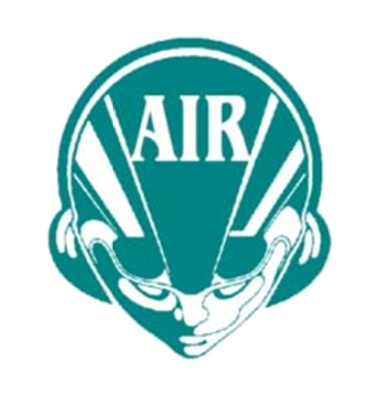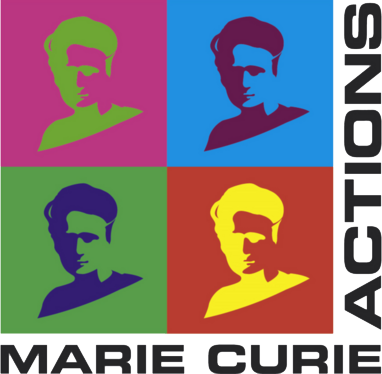Benjamin Fonooni, Ph.D.
I earned my Ph.D. in Cognitive Robotics at Umeå University, Sweden, where my doctoral research was conducted within the framework of the Marie Curie Initial Training Network INTeractive RObotics (INTRO) as an Early Stage Researcher. My primary research focus centered on the development of robot learning techniques derived from Learning from Demonstration and Imitation, leveraging various facets of human-robot interaction. My academic journey began with a Bachelor's degree in Computer Science and culminated in a Master's degree in Artificial Intelligence and Robotics, awarded in 2003 and 2006, respectively. During my undergraduate studies, I honed my programming and problem-solving skills, ultimately leading to the design and implementation of the first Iranian intelligent humanoid robot (Firatelloid).
Over the past two decades, I have had the privilege of collaborating with dynamic and accomplished teams, which have profoundly shaped my professional trajectory. My roles have spanned from full-stack developer and technical manager to researcher, primarily within the domains of AI and Robotics. Additionally, I have had the honor of instructing and mentoring recent graduates from esteemed institutions in Canada and the United States. My instructional responsibilities encompassed contemporary programming paradigms, prevalent enterprise application development frameworks, industry-standard software development practices, the construction of AI-based solutions, and the cultivation of professional ethics.
Currently, I serve as the Chief Technology Officer and Co-Founder of AiZtech Labs Inc. Our company pioneers a groundbreaking category of digital health technology known as Selfie Diagnostics, a smartphone-based platform capable of screening various medical conditions by analyzing the eye and facial topography solely through the smartphone's camera. Our innovative solution necessitates no chemical agents or specialized equipment.
During my leisure hours, you may find me immersed in the acquisition of new languages or engaged in playing musical instruments, such as the Setar, Piano, or Flute, among others. Additionally, I possess a deep-seated passion for music composition, having successfully produced three albums to date.
Education
Ph.D. in Cognitive Robotcis
Umeå University, Umeå, SwedenMy main research focus was on developing robot learning techniques based on Learning from Demonstration and Imitation, utilizing various aspects of human-robot interaction.
M.Sc. in Artificial Intelligence and Robotics
Tehran IA University, Tehran, IranMy thesis focused on believable agents, aiming to create interactive agents that give users the impression of interacting with humans. The application domains included, among others, human-computer interaction, interactive entertainment, and education.
B.Sc. in Computer Science
Arak Azad University, Arak, IranI designed and implemented Iran's first intelligent humanoid robot, Firatelloid, which earned the prestigious Khwarizmi Young Award, the top scientific honor in Iran.
Work Experience
AiZtech Labs
Co-Founder and Chief Technology Officer, Toronto, ON
FDM Group
Senior Technical Trainer | Canada Dev Team Lead | Course Owner, Toronto, ON
Department of Computing Science, Umeå University
Ph.D. Candidate, Umeå, Sweden
Khwarizmi Intelligent Communication System
Engineering Manager, Tehran, Iran
Iran Telecommunication Industry (I.T.I)
Software Development Team Lead, Tehran, Iran
Artificial Intelligence Researchers Co. (AIR)
Chief Executive Officer, Tehran, Iran
Department of Computer Engineering, Alzahra University
Research Assistant, Tehran, Iran
Hafezeh Sabz Novin
Senior Software Developer, Tehran, Iran
Academic and Teaching Positions
FDM Group
Technical Trainer, Toronto, ON
Department of Computing Science, Umeå University
Ph.D. Candidate, Umeå, Sweden
Humboldt-Universität zu Berlin
Visiting Ph.D. student, Cognitive Robotics, Berlin, Germany
Aptech Computer Education - IIDCO
Java/JEE Trainer and Team Lead, Tehran, Iran
Awards and Grants

Marie Curie Actions Fellowship

Aptech Best Faculty Award

4th Khwarizmi Young Award
Skills
- Machine Learning
- Artificial Intelligence
- Programming
- Robotics
- Cognitive Science
- Robotics
- Human Robot Interaction
- Gen AI
- AI in Healthcare
- Computer Vision
- C/C++
- Java
- Python
- Node.js
- Algorithm Design
- Software Architecture Design
- Cloud Computing
- Cybersecurity
- Privacy by Design
- Team Building
- Leadership
- People Management
- Scrum
- Agile
- Problem-solving
- Data Management
- Product Management
- Project Management
- Risk Management
- Strategic Planning
- Product Development
Quote
Coming together is a beginning; keeping together is progress; working together is success.
